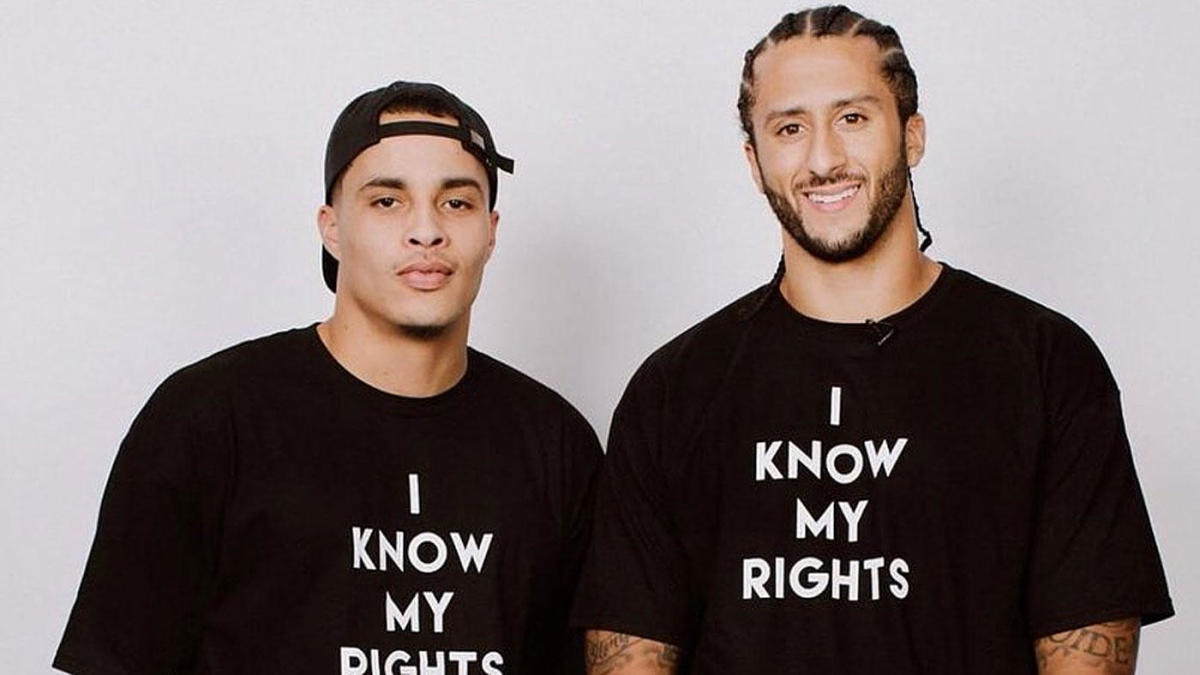
Civil Rights Icons Earn Their Final Reward
The passing of United States Congressman John Lewis and civil rights leader C.T. Vivian are reminders that the torches passed to the two brave men was carried with the highest values their mentor Dr. Martin Luther King set in motion over 50 years ago. Both men stood at King’s side and later assumed the role of non-violent intervention in addressing human rights issues. They also suffered physical violence while standing in the face of the evil of racial discrimination. They both stood up not in anger or discord, but in a love for a joint humanity. Both understood like King, that only light can drive out the darkness and you do not fight racism with racism.
Most think of Lewis the congressman and don’t realize he was there during some of the most inspiring and dangerous period in the civil rights era. He spoke as a young man during the March on Washington and at the Edmund Pettus bridge where he was beaten and bloodied by police night sticks. There is an effort to rename the bridge after Lewis instead of the confederate officer whose name it currently bears. Because of the historical nature of the bridge it would take some difficult legislative maneuvering to get it named after Lewis instead.
Lewis became the conscience of the House of Representatives and when he stood up for what was right nearly all listened with respect. A respect earned by an abiding quest for change through nonviolence and unshakeable reason. In the face of naked hatred, assault and bitter discourse, Lewis remained true to his convictions. It was no wonder he was referred to as the conscience of the House of Representatives. His last act was working on a bi partisan bill with republican leadership to address voting problems. Some are calling on congress to pass it in his name as a tribute. Hard to say what will happen during these days of partisan divide, however respect for Lewis is so great it could very well happen.
C.T. Vivian was another early day civil rights veteran who also made his final journey last week. He too suffered greatly from his efforts to make this world a better place. He was also a master planner in the early days of the civil rights era.
In America, trying to come to grips with racial intolerance in the 1960s, Vivian was a purveyor of nonviolence at the gates of bloody confrontations with segregationists. He led peaceful protesters through screaming white mobs and, with masterful discipline, absorbed the blows of segregationists and brutal law enforcement officials throughout the South.
He led the early day Southern Christian Leadership Conference where he acted as a field general for King’s army of Americans ready for change. From freedom rides, lunch counter protests and other acts of nonviolence Vivian was there organizing the faithful. He was even sent to prison where prison guards continued to beat the peaceful giant. Like Lewis, his commitment to nonviolence was straight and true.
Lewis and Vivian were great men and their legacy should be held up as how real change happens. We change when our best intentions are matched by our best convictions. Both men could be accused of “making good trouble” in this life. Lewis used those words often and now the torch is passed again for people to keep making Good Trouble.
Stills A Man Working For Change
Kenny Stills, the former Oklahoma University football great is a good role model for today’s restless youth. Like many others he has been active in the Black Lives Matter movement that has expanded beyond the death of George Floyd to many areas of life where race is an issue. Stills, who now plays for the Houston Texans is one of the NFL’s most visible players working towards civil rights. He marched on the home of the Kentucky Attorney General, who is still considering charges over the police shooting of Breonna Taylor who was shot to death in her own home by Louisville, Kentucky officers with a no knock warrant and opened fire while Taylor and her boyfriend slept.
Stills is pushing for more action on her case and ended up being charged with a felony along with 86 other protesters for supposedly intimidating a participant in a legal case. That law is suspect for rights of free speech and rights to assemble. The district attorney in Louisville decided to drop the felony charges in the interest of justice.
She was hit 8 times and died. She was an EMT who worked long hours treating people suffering from Covid 19. None of the officers were arrested or charged in connection with her death. One of the officers was fired for violating police policy in recklessly firing into Taylor’s apartment. One of the officers has been seen frolicking on the beach.
Currently the investigation has the help of the FBI and state investigators. But, like Stills, it is taking a long time to decide whether it’s ok to barge into an innocent woman’s home and shoot her because they believe drugs might be there. No drugs were found. The search for justice continues.
House Votes To Remove Confederate Statues From Capitol
As this nation reckons with its racist past, the energy to do something about it is strong and represents a strong message for better race relations. At the Washington National Statuary Hall collection, states placed two statues each and unfortunately many of those represented former confederate officers and at least one judge who wrote the controversial Dred Scott decision.
Like other historic symbols of intolerance and hatred, there are still those who say those memorialized are part of history and should not be removed. However, there is a growing list of republicans who now support removal.
The bill now is heading to the United States Senate and there it may run into serious opposition in the republican led body. And if it passes there, it will be sent to President J. Trump for final signature. In these days that appear thirsty for change will they rethink their support of racist symbols as they also head to an election?
They should.








